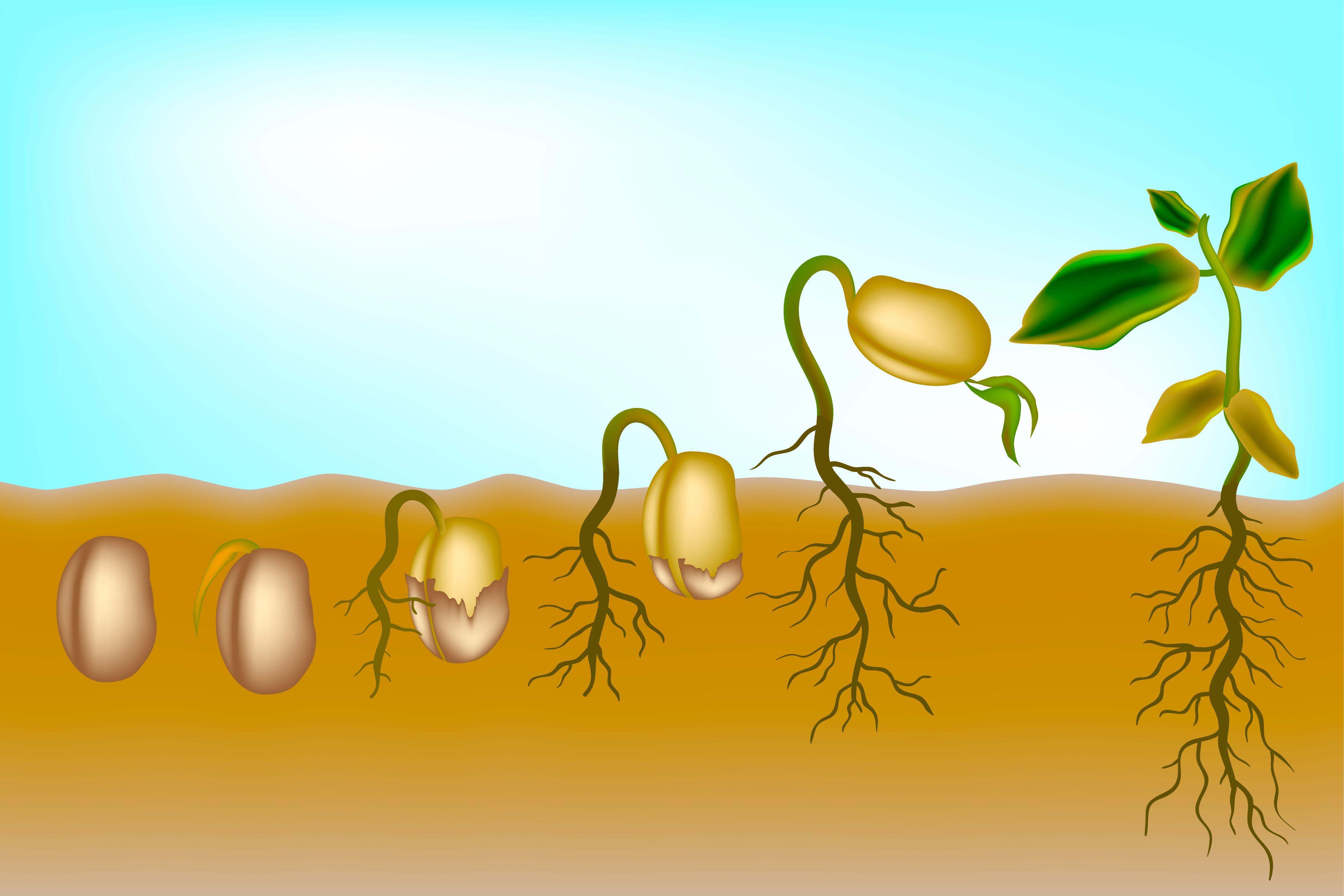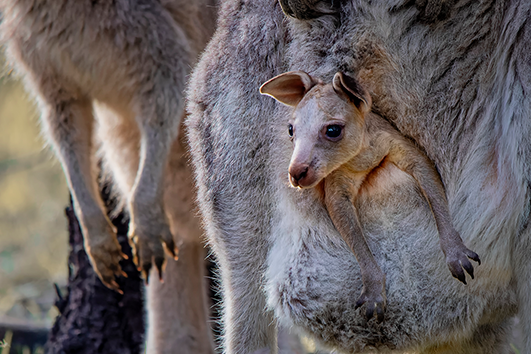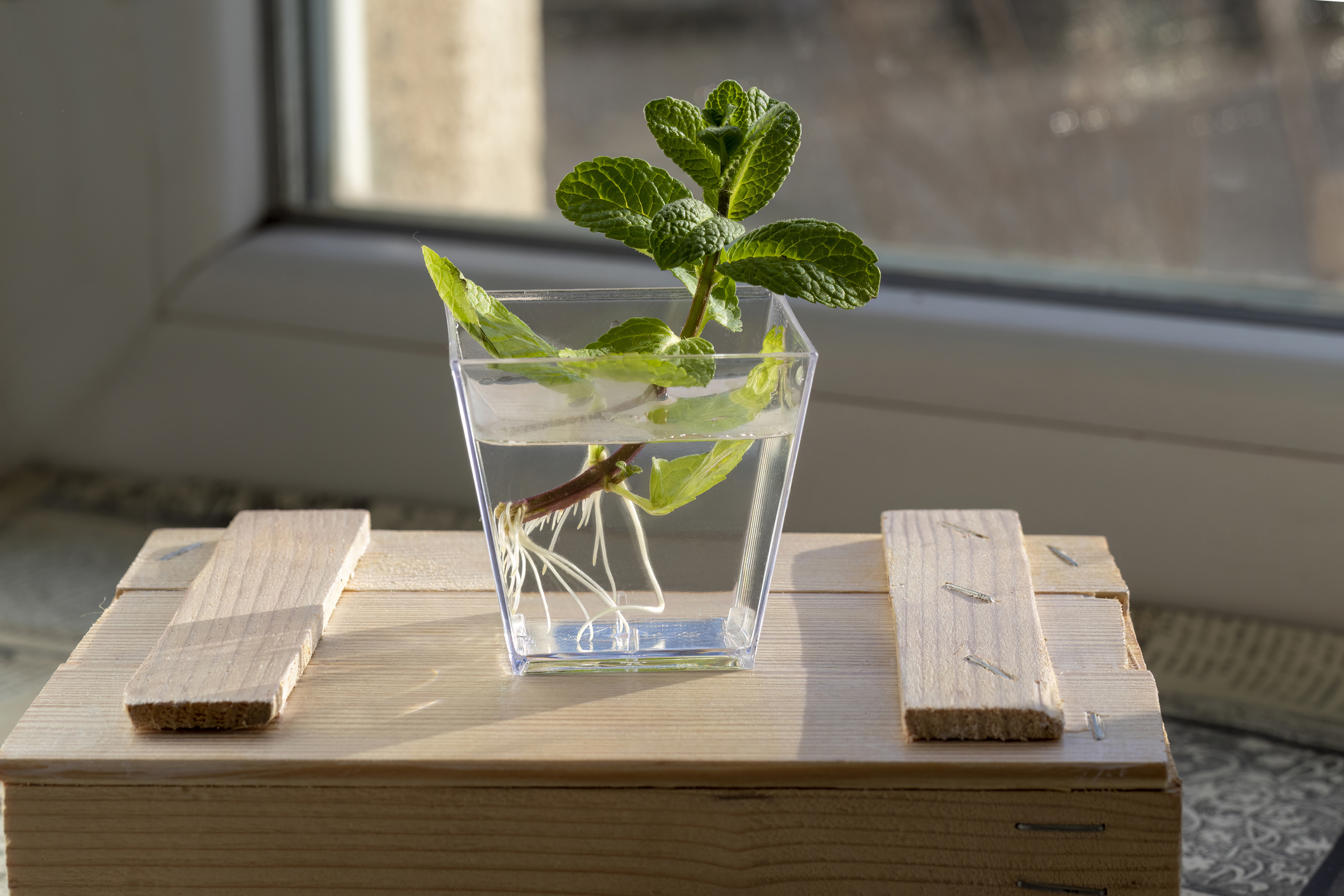Learning objective
Knowledge:
- To describe the life cycle of an insect and compare it with that of an amphibian.
Working scientifically:
- To use data to describe a relationship and make predictions.
Success criteria
Knowledge:
- I can describe the three-stage life cycle of
This content is for subscribers only. Join for access today.
National curriculum
Science
Living things and
This content is for subscribers only. Join for access today.
Cross-curricular links
Mathematics
Measurement
Pupils should be
This content is for subscribers only. Join for access today.
Before the lesson
This content is for subscribers only. Join for access today.
Lesson plan
Recap and recall
Arrange the class into the same groups from the asexual reproduction cutting activity in Lesson 1. Provide each group with a 30 cm ruler, the tablet they used to photograph their cutting and the Activity: Stem cutting data table (one each) (see Lesson 1: Life cycles and reproduction in plants). Instruct the groups to collect their…
This content is for subscribers only. Join for access today.
Extended-mode explainer videos
How to extend your display to view the lesson page and preseantion mode simultaneously. Choose your operating system below to watch the video
If you need further support with extending your display,
please contact [email protected].
Extended-mode explainer video: For Mac
Extended-mode explainer video: For Windows
Adaptive teaching
Pupils needing extra support
Could use the Resource: Three-stage insect life cycle poster and the Resource: Four-stage insect life cycle poster to support them throughout the lesson; should be prompted to help research insects by being asked the number of stages in the ‘x’ life cycle, the number of species of ‘x’ there are, the number of eggs ‘x’ lays and what the larval/nymph stage of an ‘x’ is called; could use a calculator to help them find the pattern in the analysing data task by subtracting the previous value from the number of eggs laid and recording each increase on a whiteboard.
Pupils working at greater depth
Should be provided with the Activity: Insect classification cards: extension to research other insects of their choice; should explain the benefit of insects laying large numbers of eggs; could choose an extension activity relating to insect life cycles from the Resource: Stretch and challenge: Life cycles and reproduction.
This content is for subscribers only. Join for access today.
Assessing progress and understanding
Pupils with secure understanding indicated by: describing the three-stage life cycle
This content is for subscribers only. Join for access today.
Knowledge outcomes
- I can describe the three-stage life cycle of an insect: egg, nymph and adult.
- I can describe the four-stage life cycle of an insect: egg, larva, pupa and adult.
- I can compare the life cycles of insects and amphibians.
This content is for subscribers only. Join for access today.
Vocabulary definitions
-
chrysalis
A protective case formed during the pupal stage of butterflies.
-
cocoon
A protective covering spun by some insect larvae, such as moths, for the pupal stage.
This content is for subscribers only. Join for access today.





